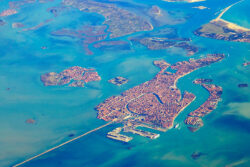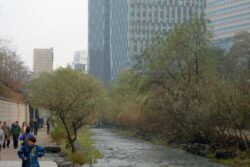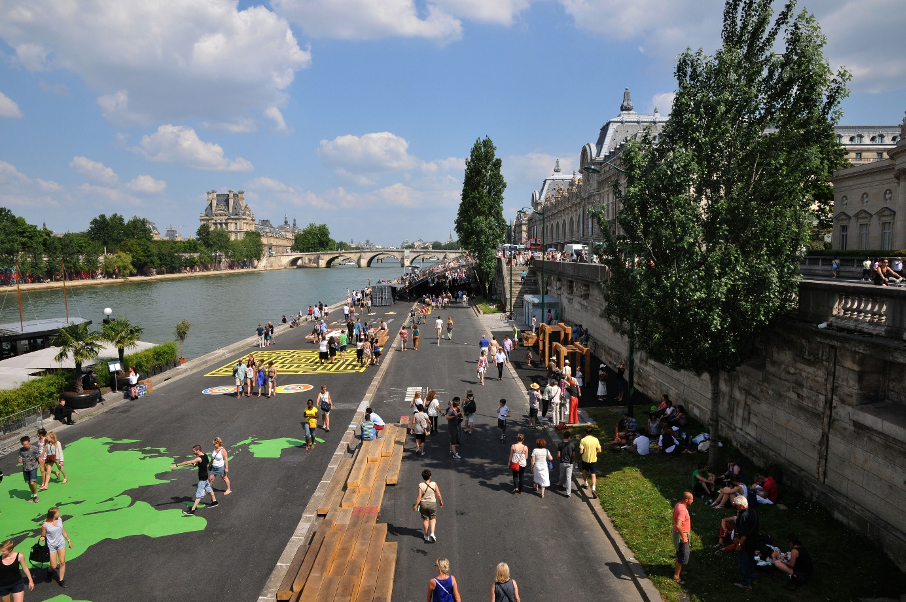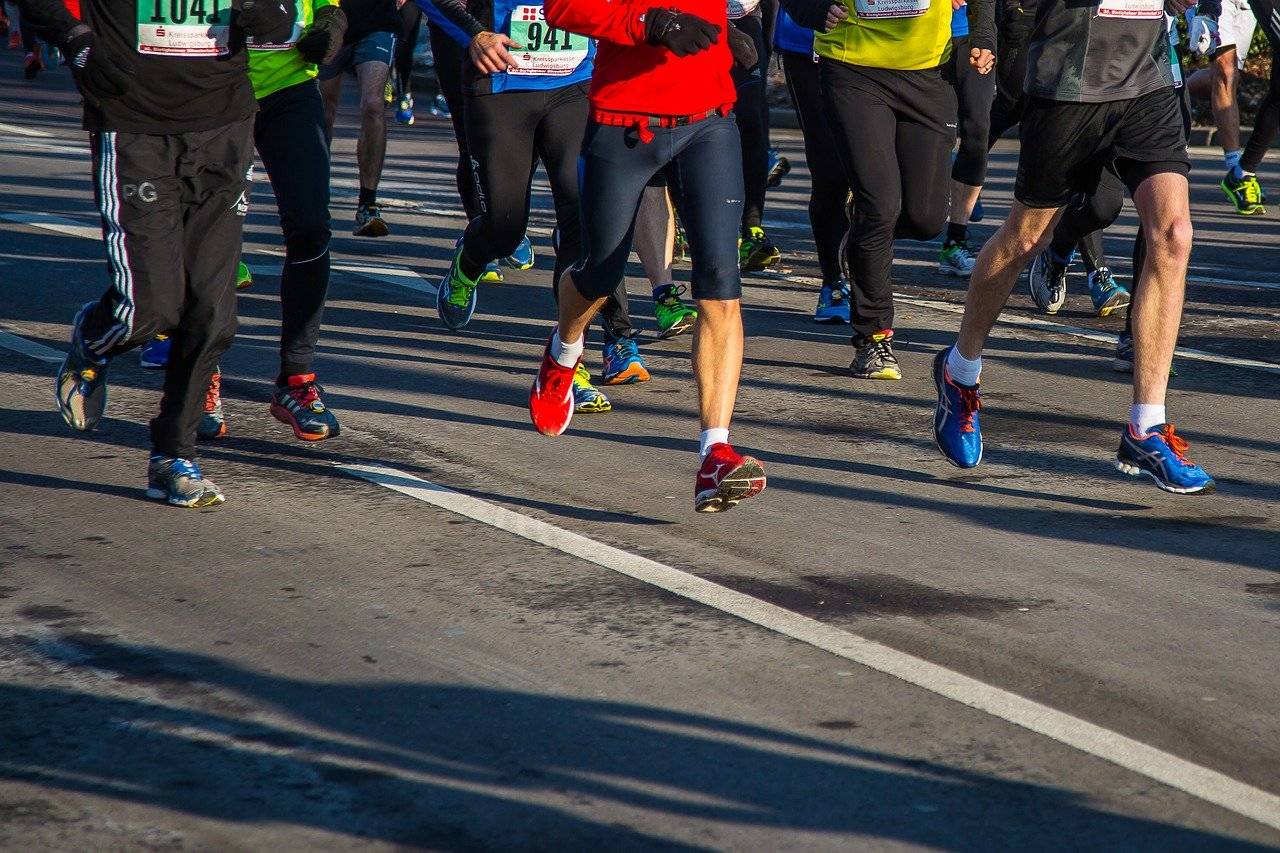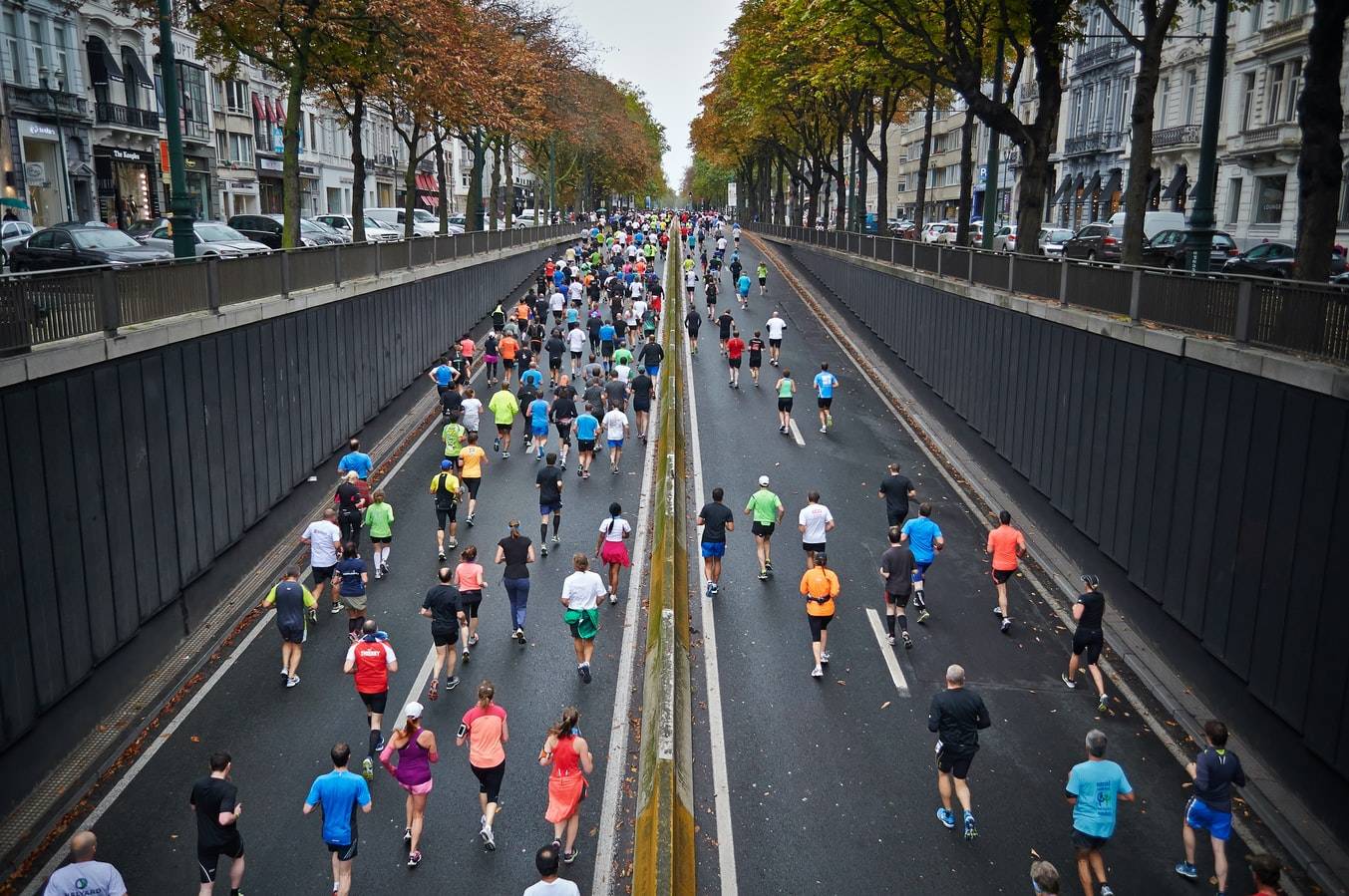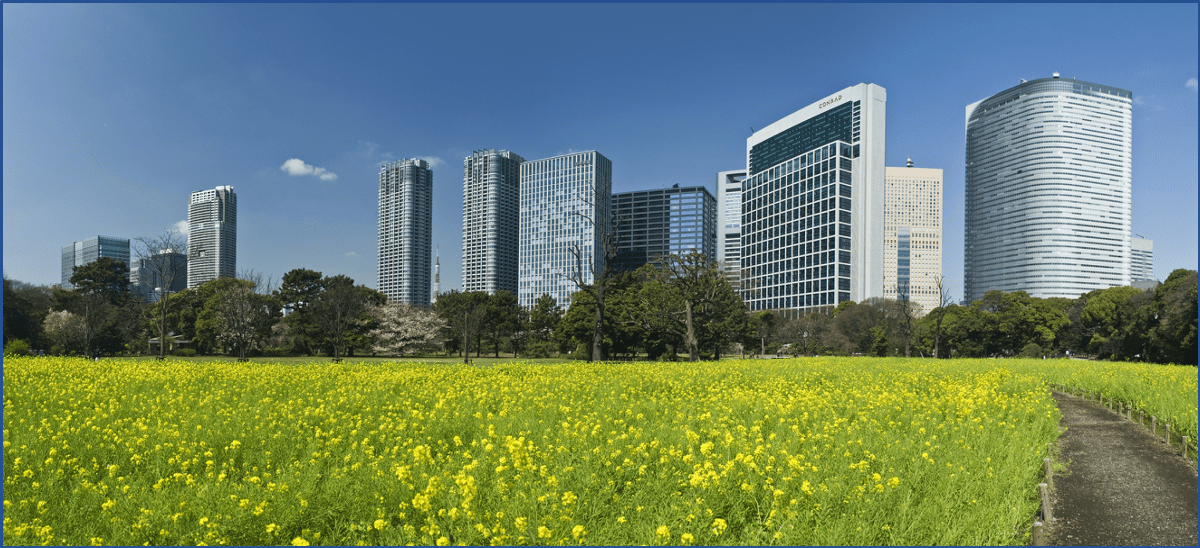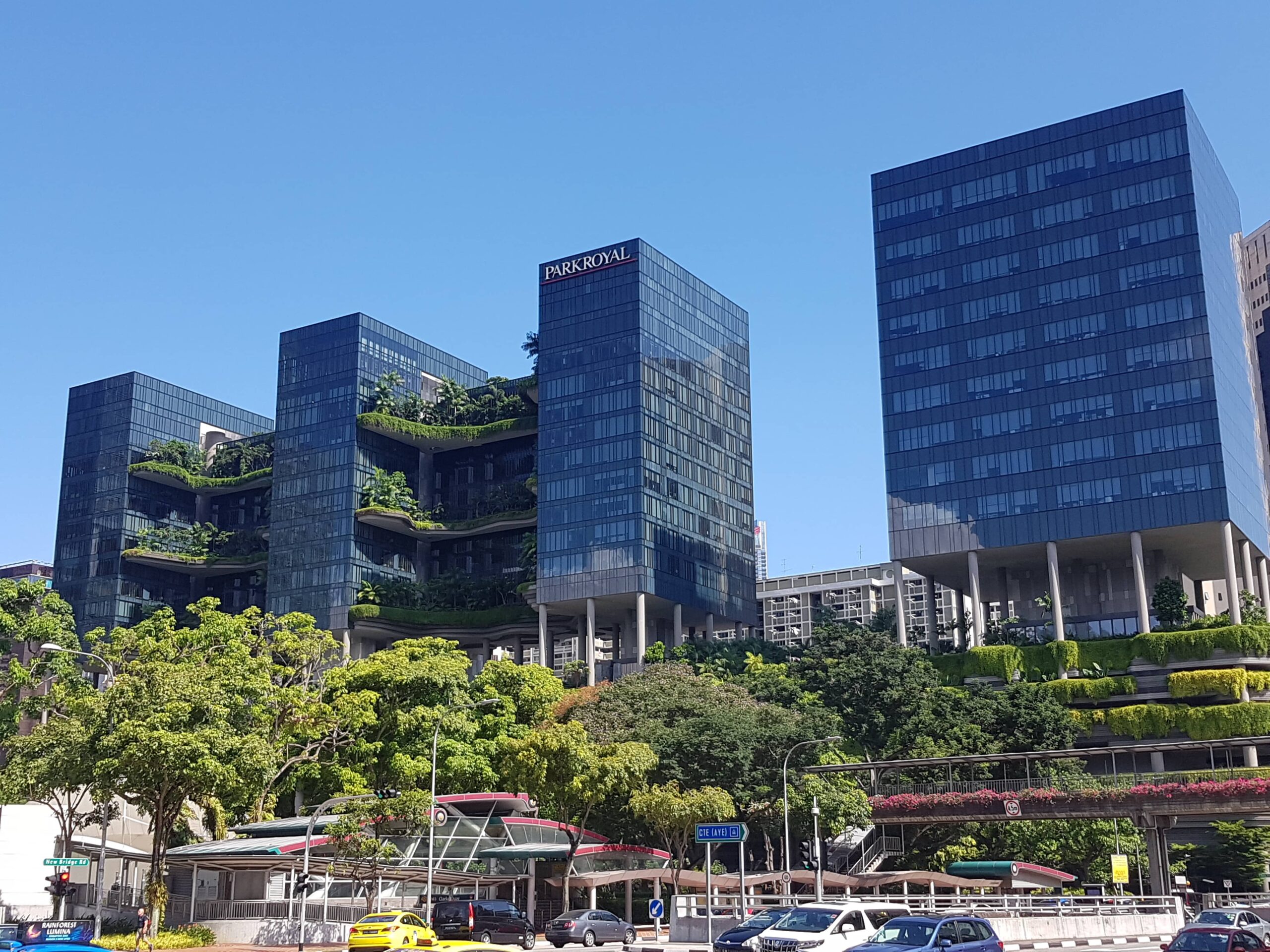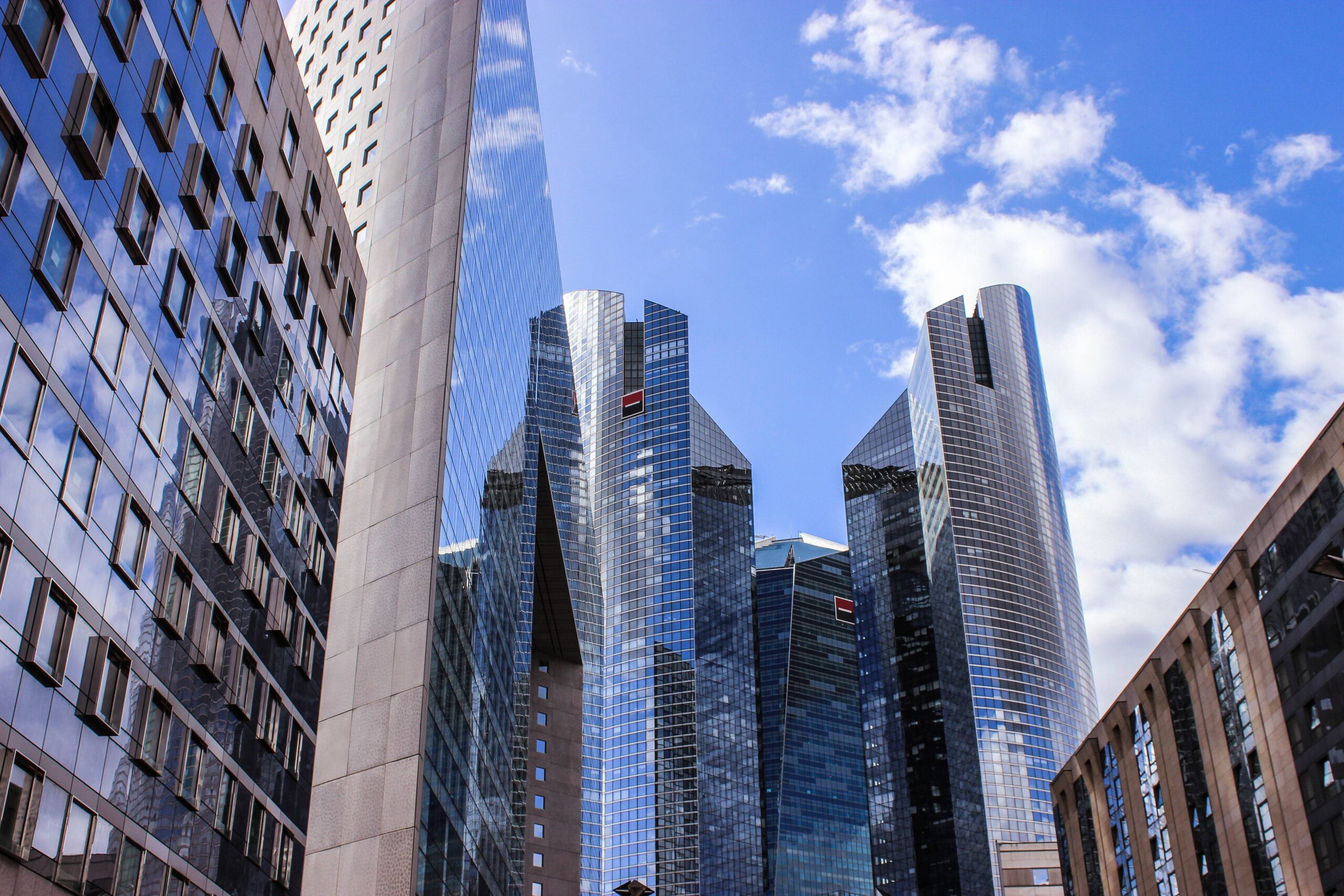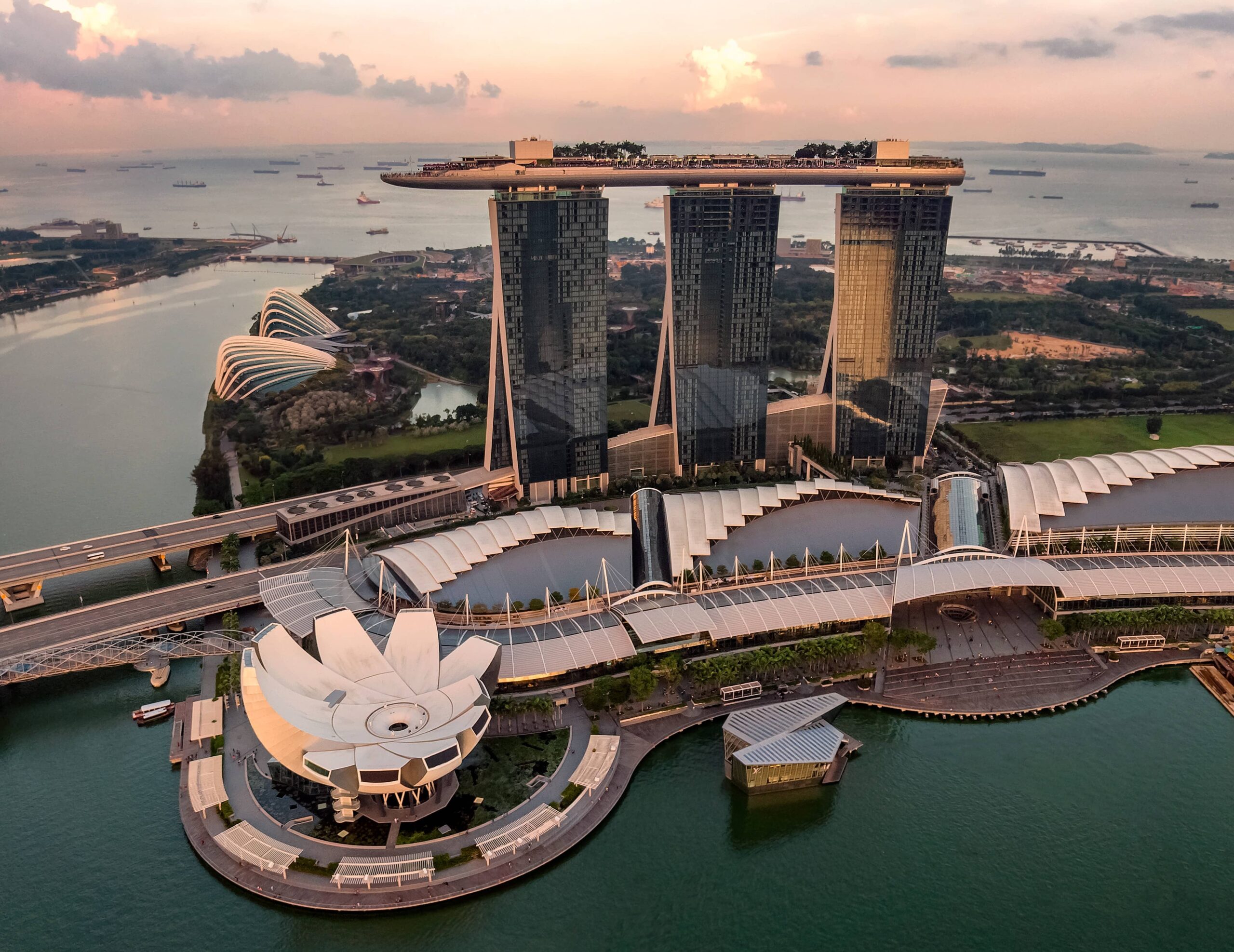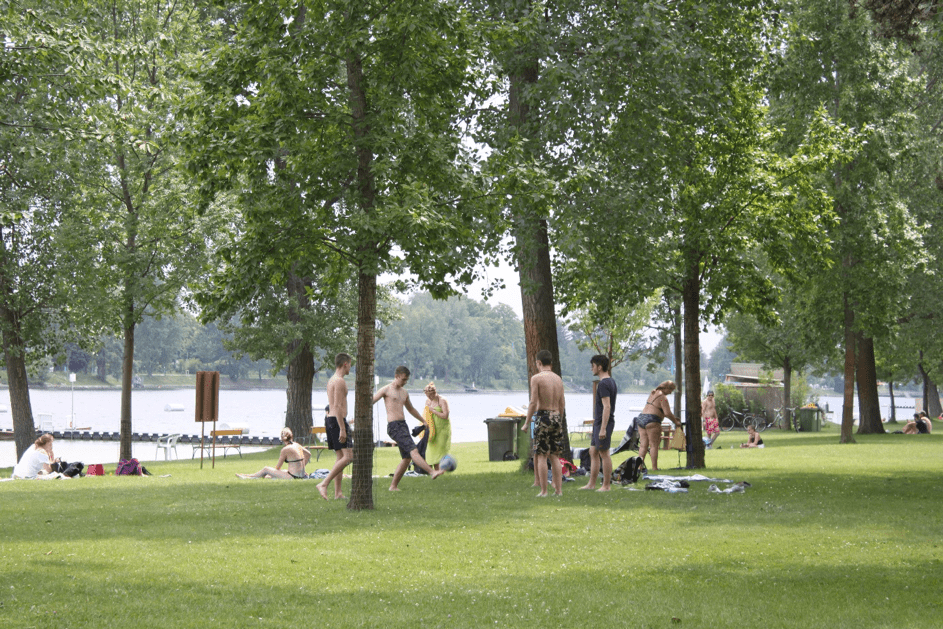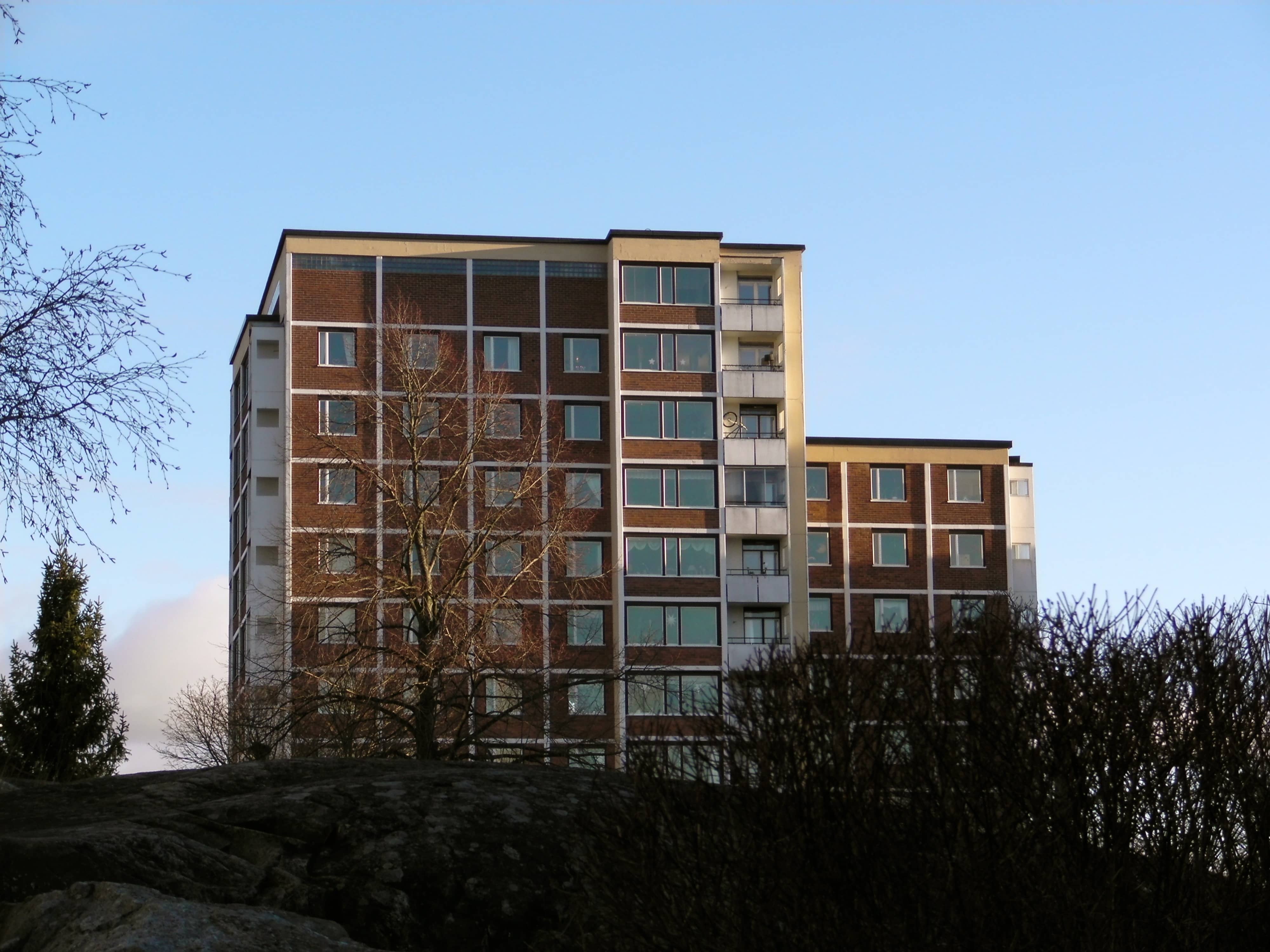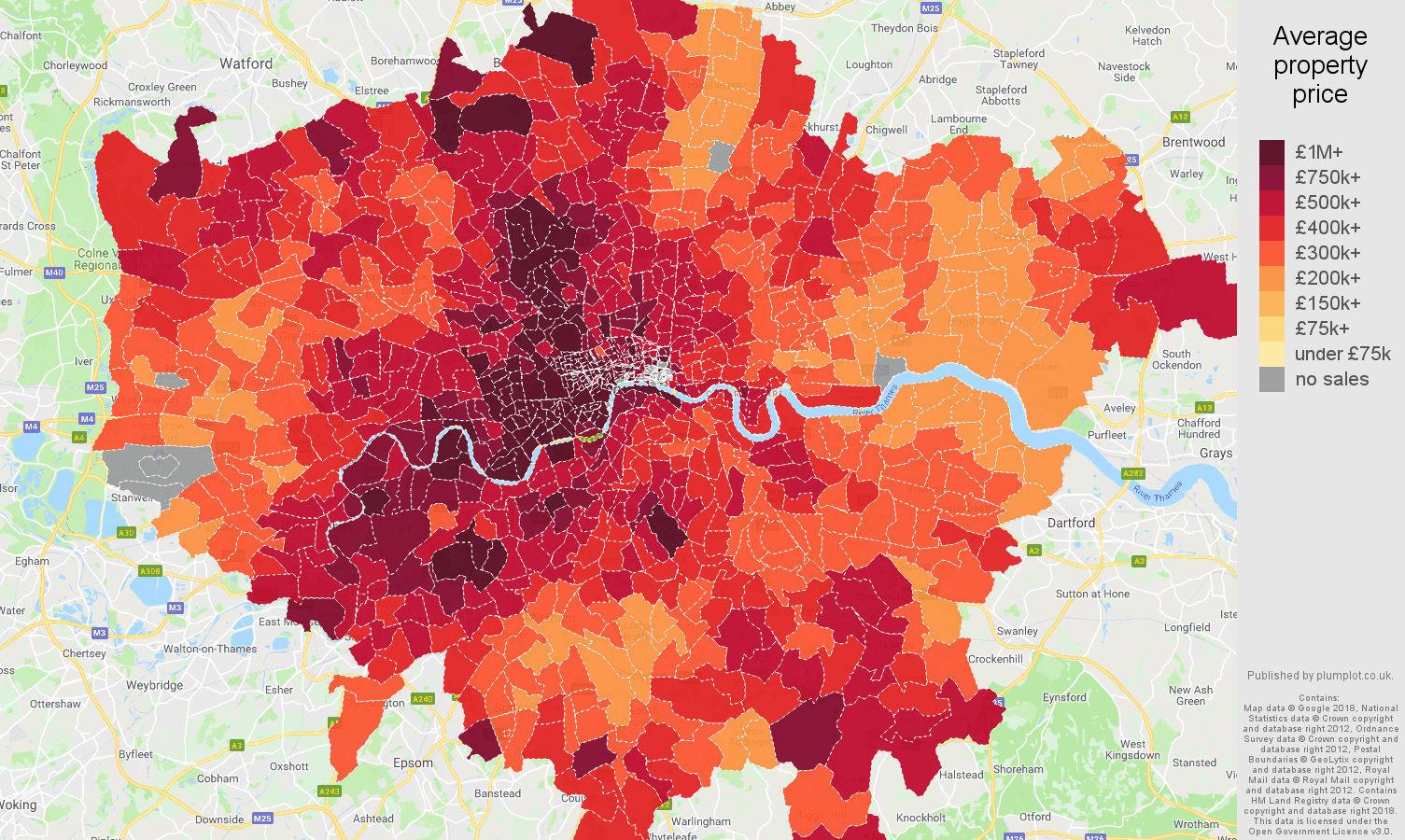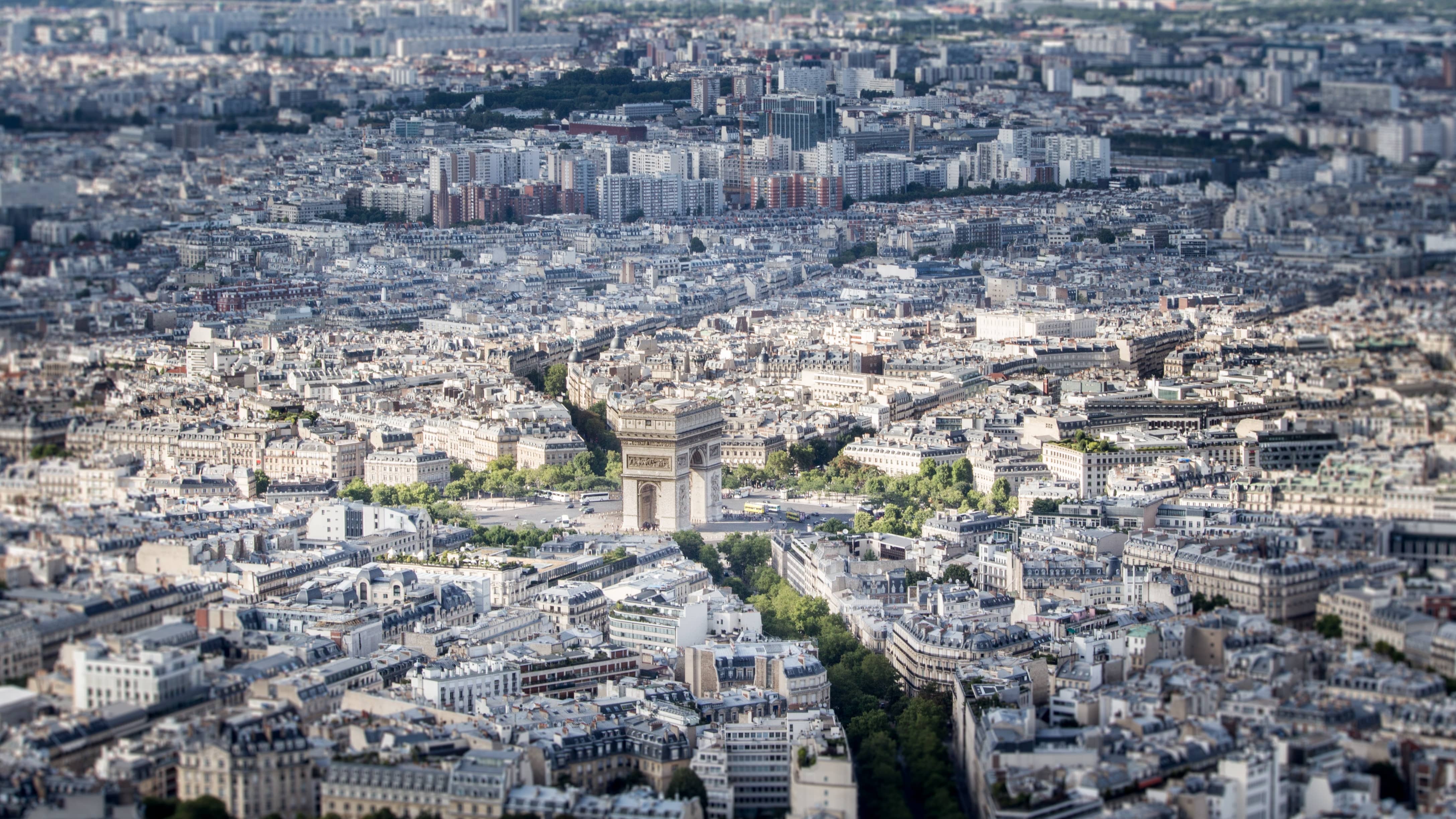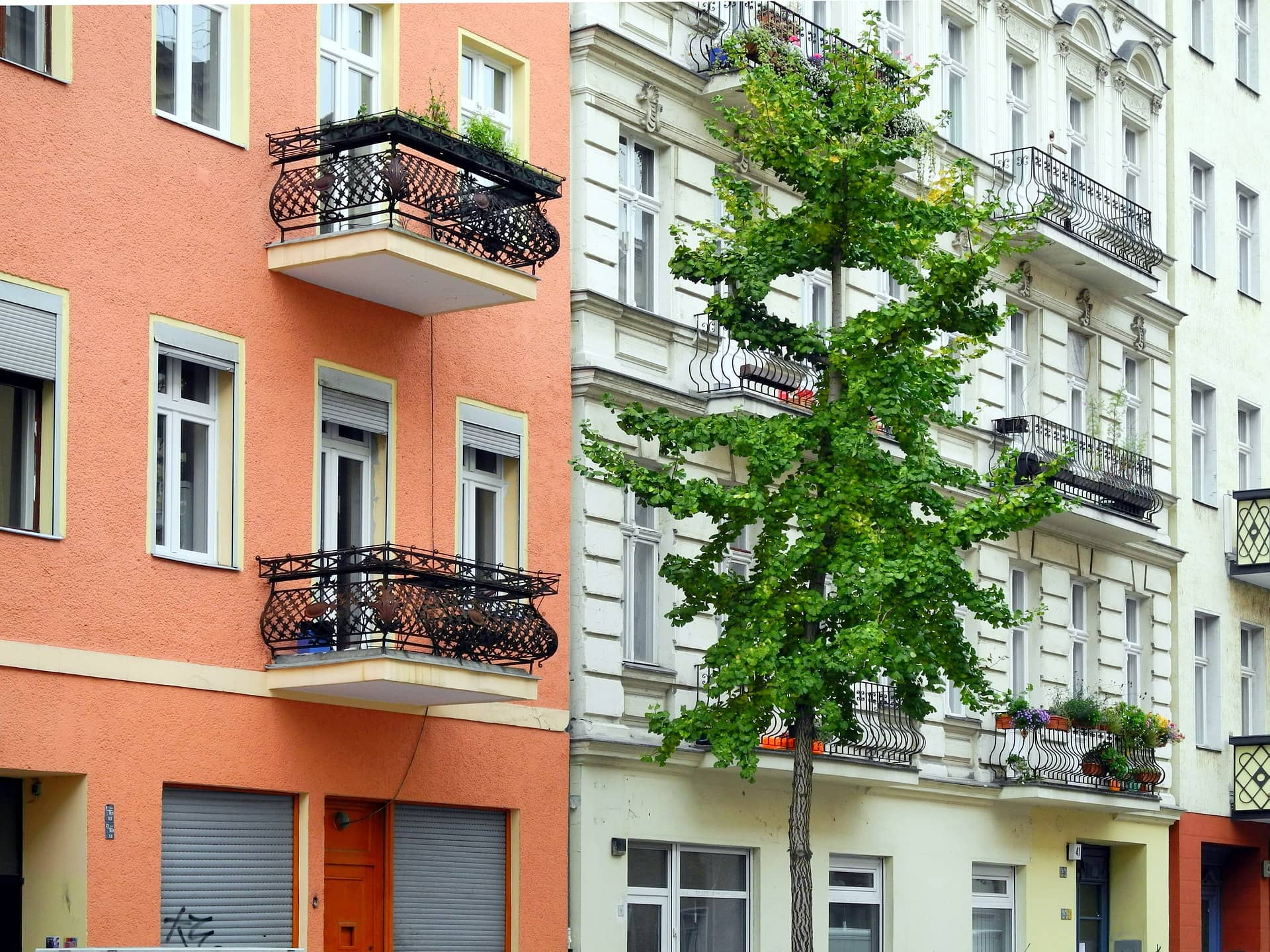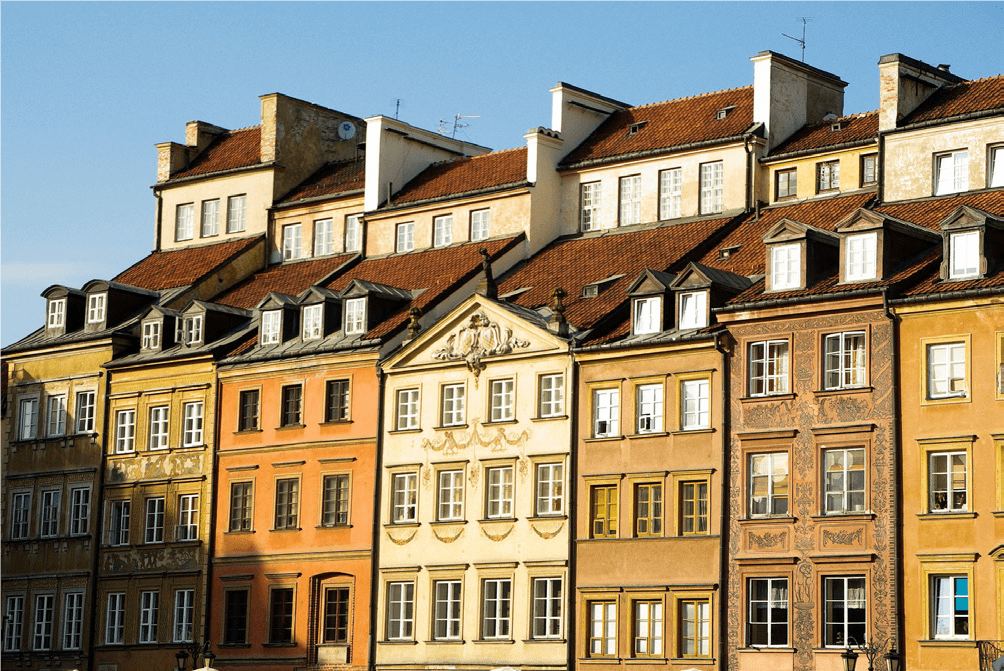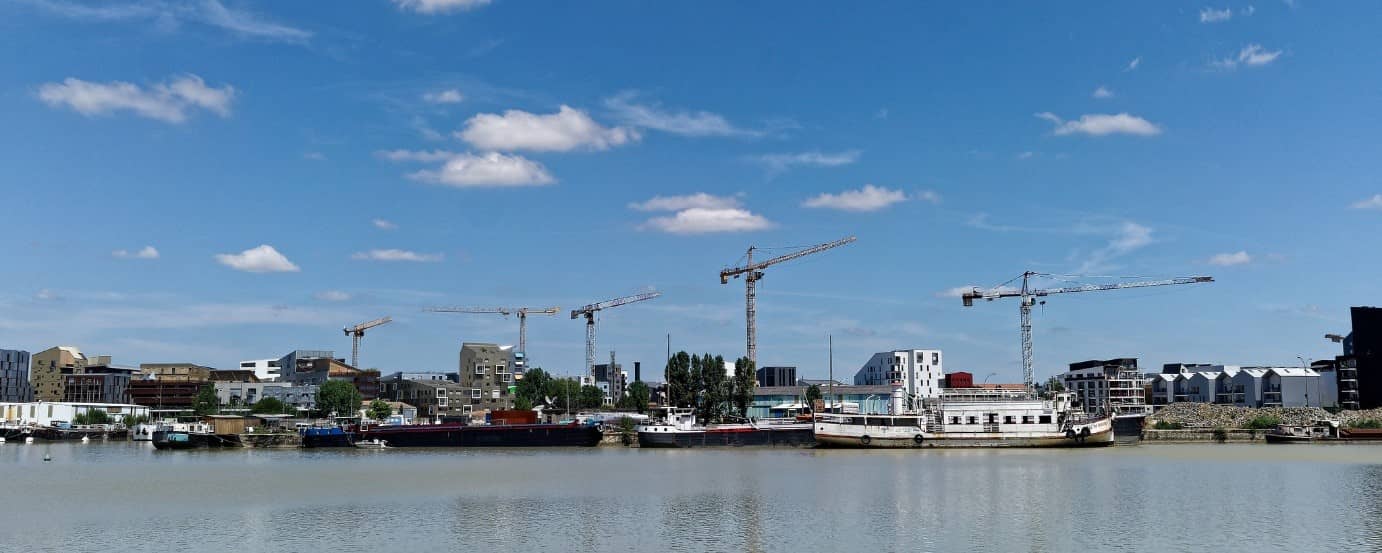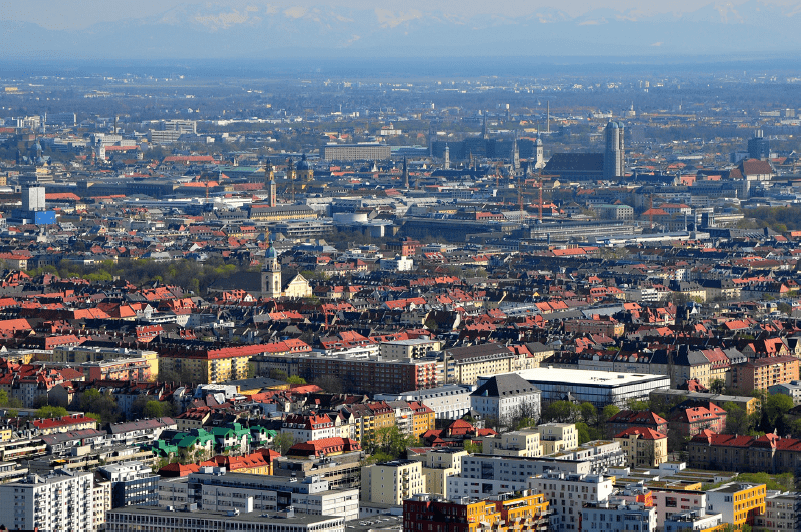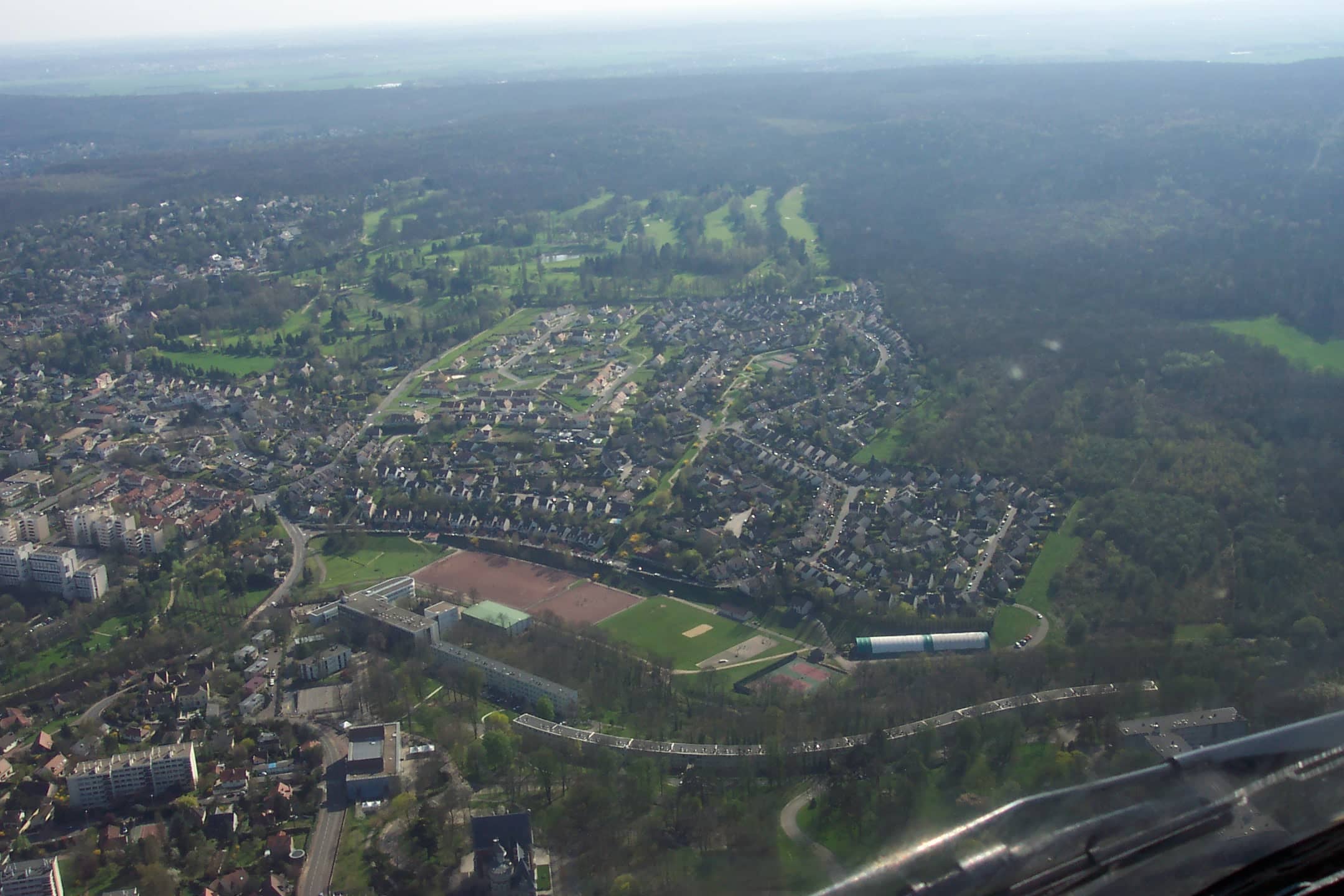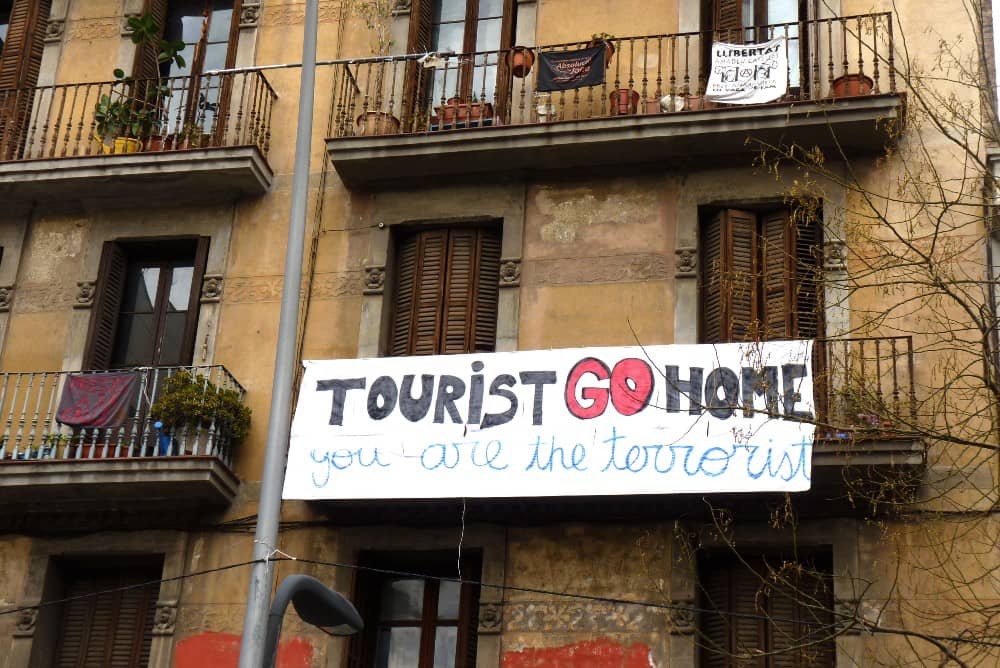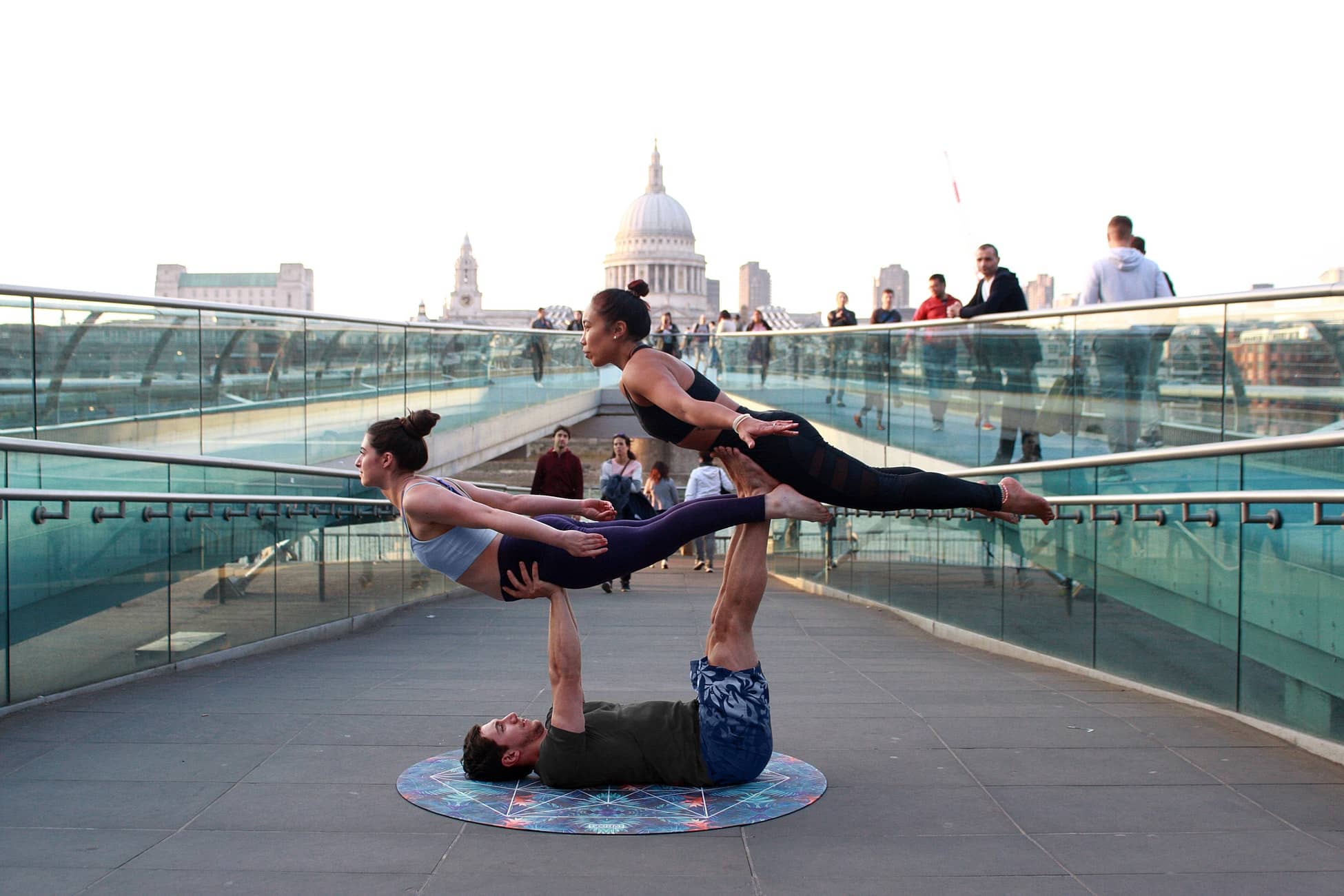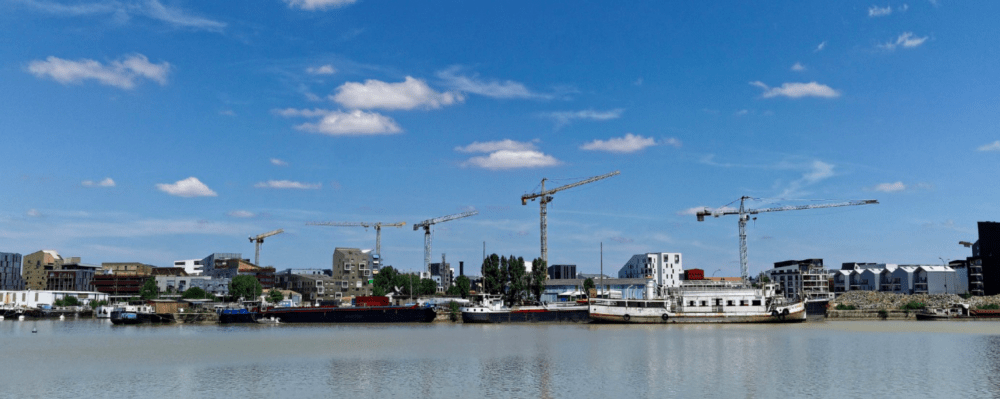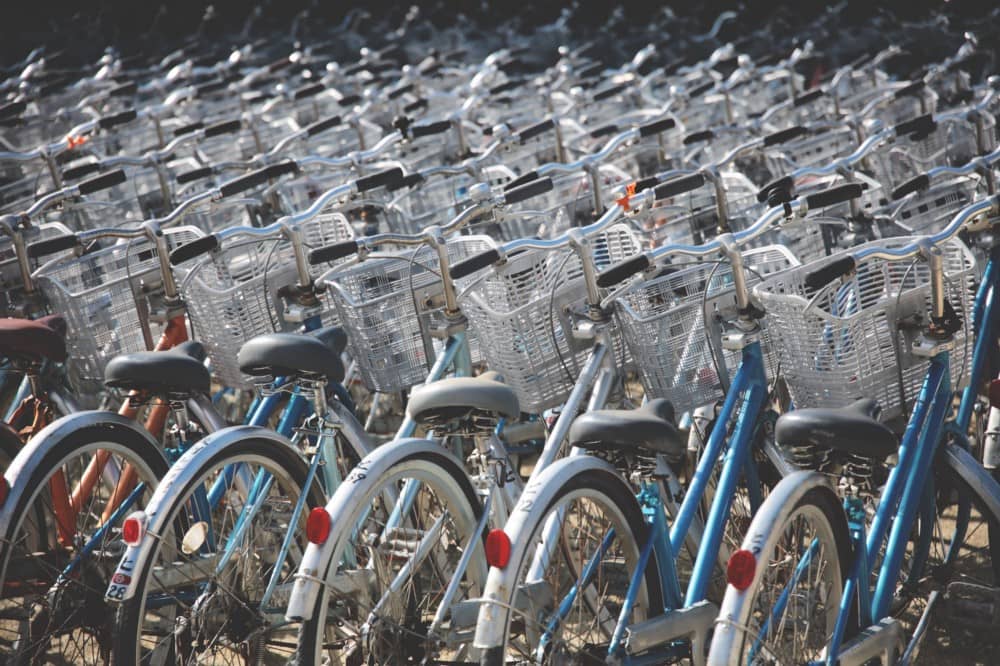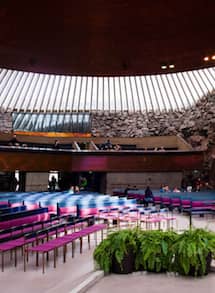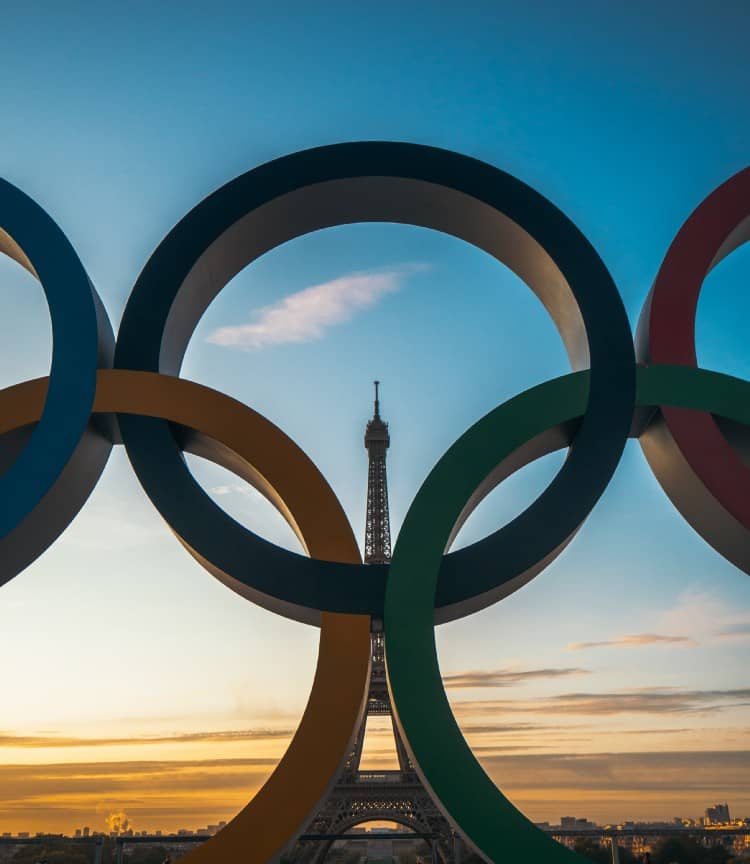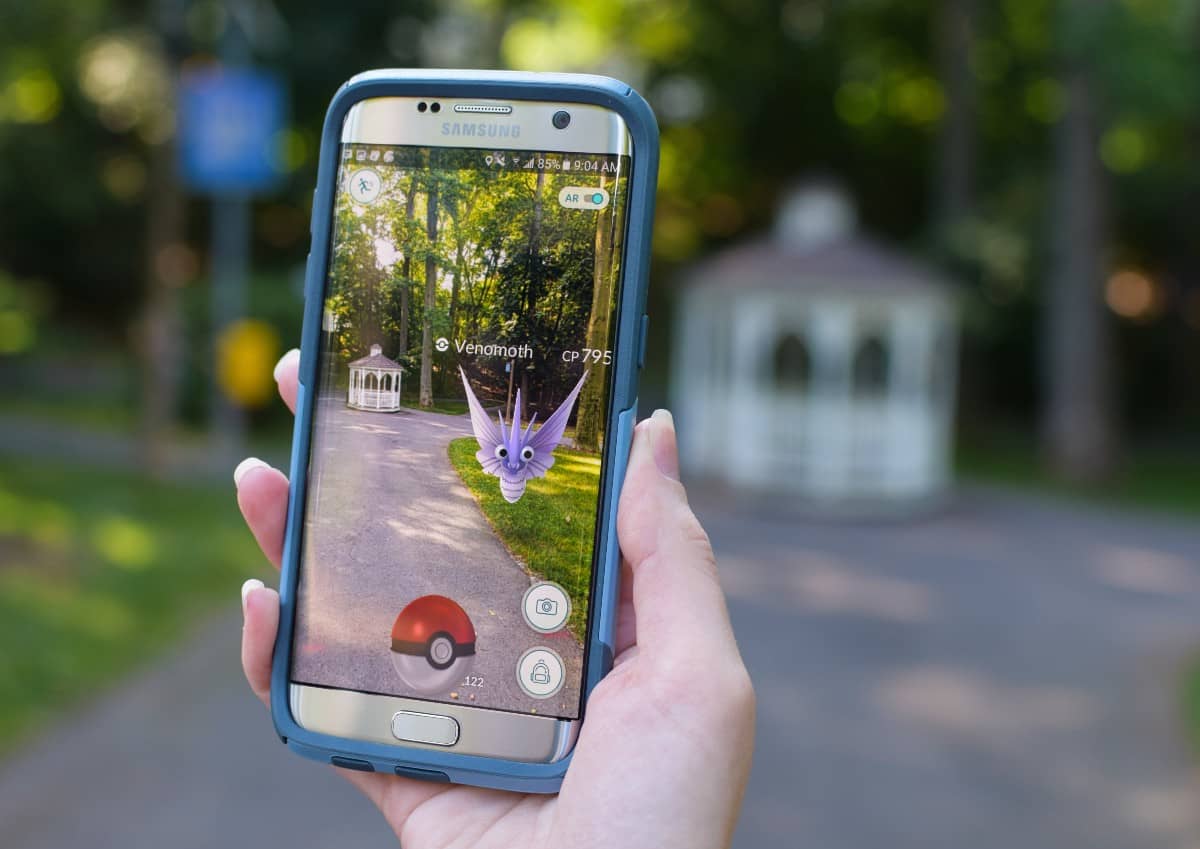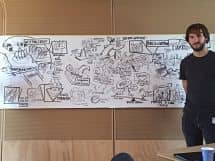

Beyond aesthetic controversies
Any discussion of beauty, particularly in architecture and urban planning, when it is not exclusively a question of heritage (which is already old, one might be tempted to add), is considered suspicious. The architect Nicolas Lebon reminds us of this in an interview given as part of the exhibition “The Beauty of a City” at the Pavillon de l’Arsenal in Paris: “the notion of beauty is taboo”. And yet beauty – or the lack of it – is discussed almost daily in the newspapers and on social networks, as the virality of #saccageparis demonstrated last April. Beyond the demonstrations of discontent, the elected officials themselves have taken up the subject: in November 2020, Emmanuel Grégoire, First Deputy Mayor of Paris in charge of urban planning, announced the publication this autumn of a Manifesto for a new Parisian aesthetic intended to provide the City of Paris with a new doctrine for the development of public space.
What do these reflections, unusual in their intensity and the diversity of the circles they concern, tell us? Are they merely aesthetic controversies or one of the manifestations of the fed-upness of inhabitants who have been subjected for too long to the constraints linked to the management of the COVID-19 crisis? The denunciation of the alleged aesthetic decadence of Paris is certainly a commonplace, which can be found in all eras. However, it would be too easy to dismiss these criticisms out of hand, focusing only on their sometimes caricatured nature and reducing them to simple “aesthetic controversies”. Emmanuel Grégoire is not mistaken: “the fight against climate change, against pollution, the emergence of new uses, the rebalancing of public space imply a major urban transformation, as in all major metropolises. We will not give up, because Paris must not be a museum city. This does not prevent us from preserving its heritage. “These criticisms raise questions that deserve to be addressed because they go beyond the specific case of Paris: can the temporary become permanent? Who owns the public space? How can an aesthetic of the authentic be founded?
Let’s just look at the last one. “An aesthetic of poverty, a taste for mediocre materials, sometimes a form of amateurism…“: what the art historian Alexandre Gady expresses through these harsh words is that proposals for urban furniture and installations that seek to enhance the authentic, the raw material, the frugal, the recyclable and the recycled suffer from a negative perception. How can this be understood? Yet there is a real plebiscite for a more hospitable public space, allowing for more diverse and open uses, directly targeted by this new type of street furniture; there is also a shared awareness of the importance of adapting cities to climate change and real support for this. But there is also a need, exacerbated both by the pandemic and by the anxiety linked to the uncertainty of the real nature of the changes to come, to feel not only safe, but more globally welcomed and valued by the design of public space. In contrast to the initial project, which consisted of not wanting to exclude anyone through over-determined use, can the new aesthetic not give the impression, by dint of neutrality, modesty and discretion, that it does not pay attention to and does not value the simple users of public space? One can thus read behind the admiration for Haussmann’s urban furniture the pleasure of know-how and artefact, and above all the pleasure and honour felt to be the beneficiary, even though one is a simple passer-by, regardless of one’s socio-economic status. While we know that guilt-tripping is not an effective way of provoking adherence to a project and the transformation of behaviour, we can think that the search for a new aesthetic of transition in its incarnation in this particular space that is public space could have everything to gain by taking into account the need for recognition and consideration that is expressed in the various debates in favour of a new relationship to the sensibility and materiality of public space.
Surprisingly, in these troubled times when one might think that the question of beauty in the city is secondary to other crucial issues, the debate that has opened up allows us to rethink more freely the link between beauty, urban quality for all and the creation of common values – and to stop making beauty a dirty word.
These other publications may also be of interest to you:
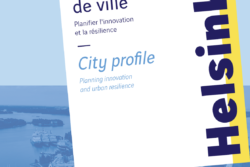
Helsinki : Planning innovation and urban resilience
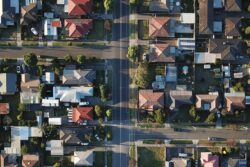
Forget 5th Avenue
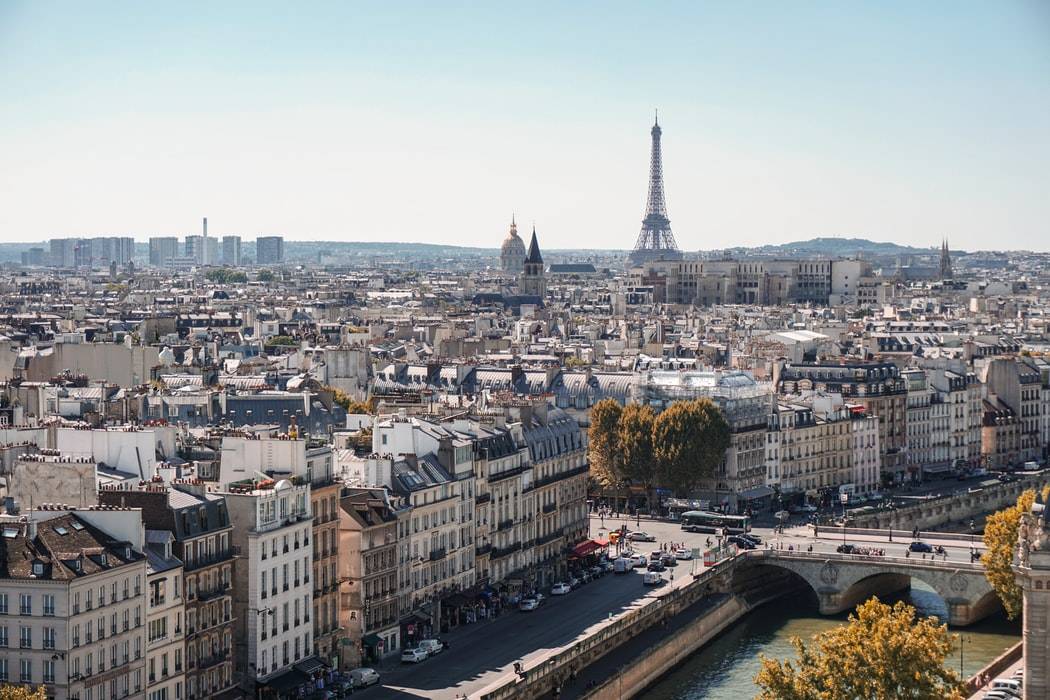
Long live urban density!
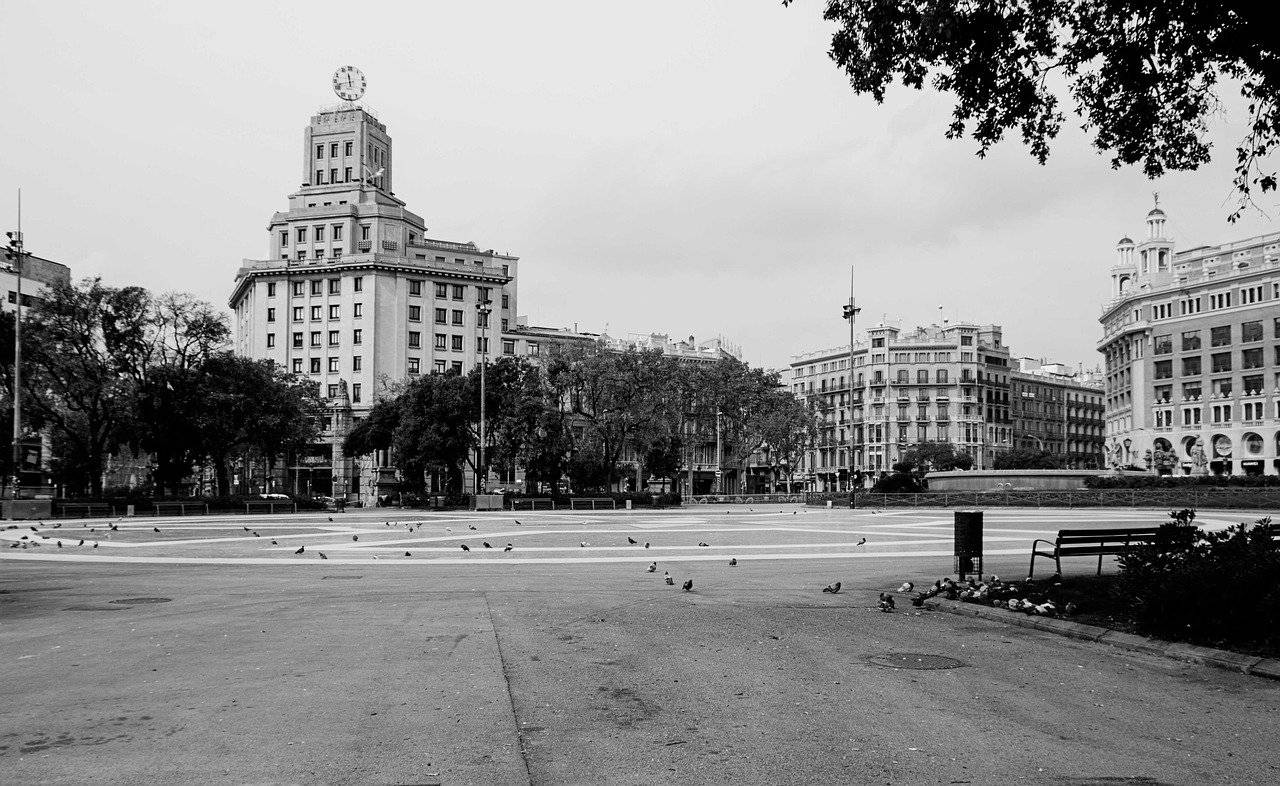
180° Turn
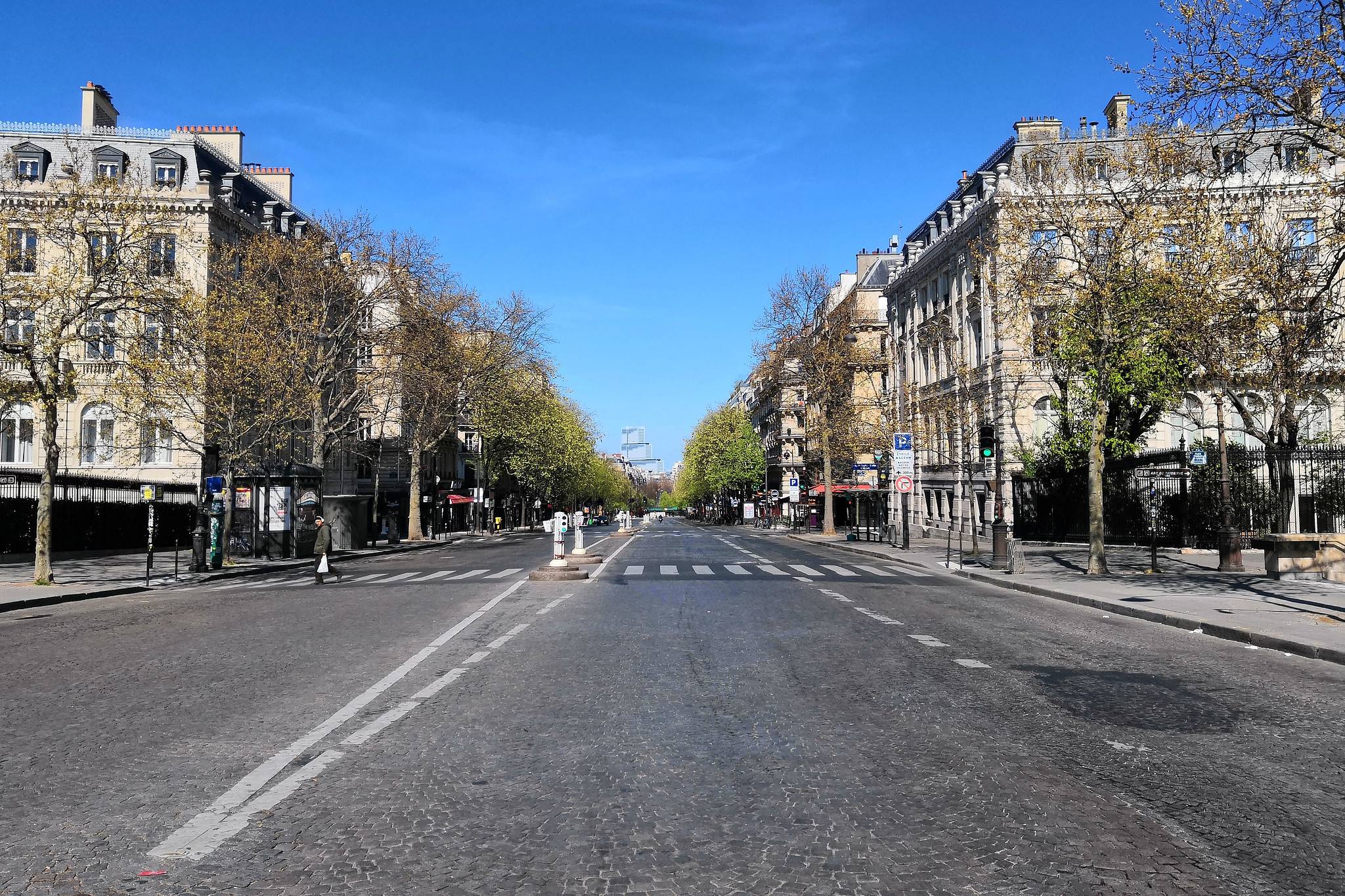
A street named desire
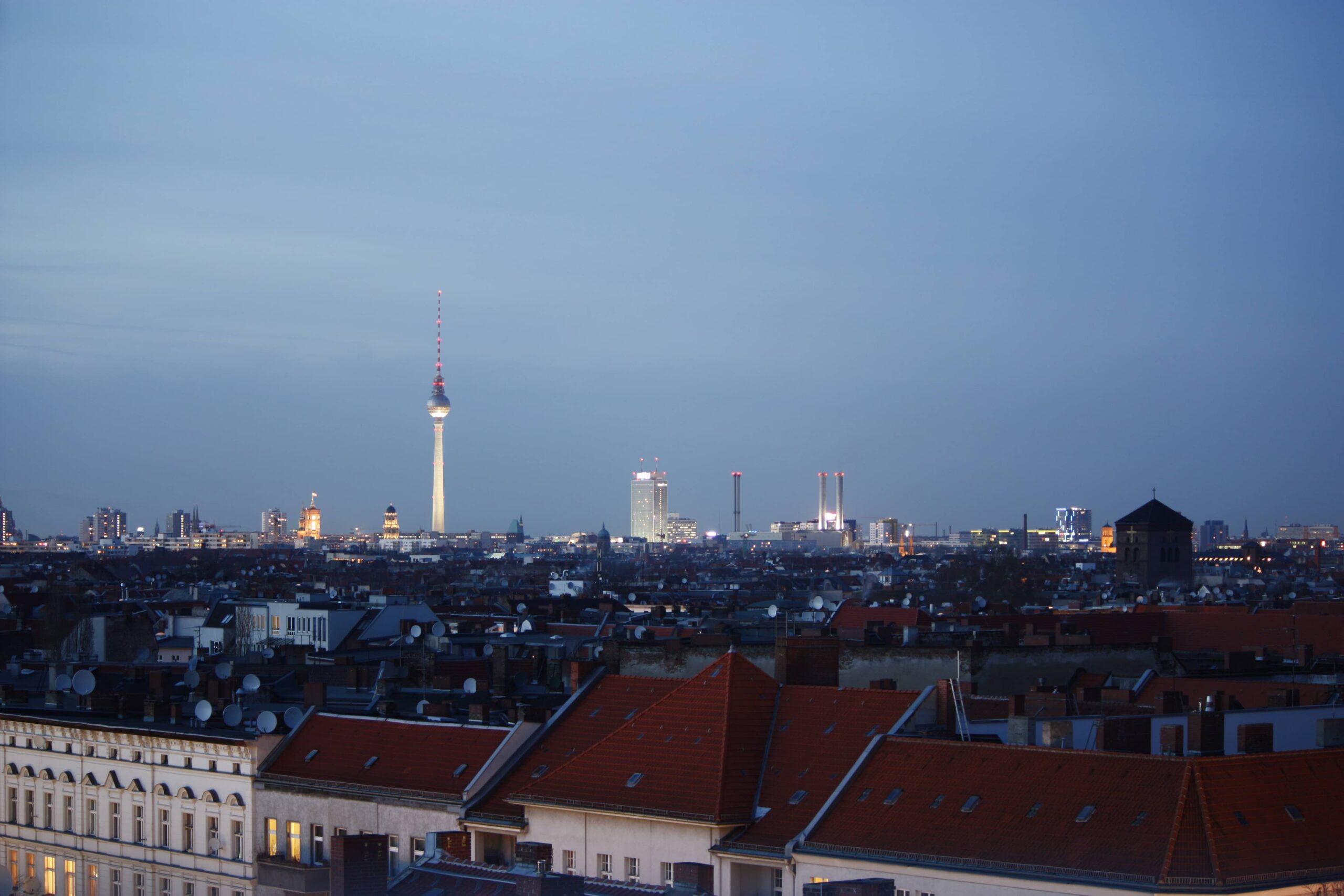
German metropolises and the affordable housing crisis
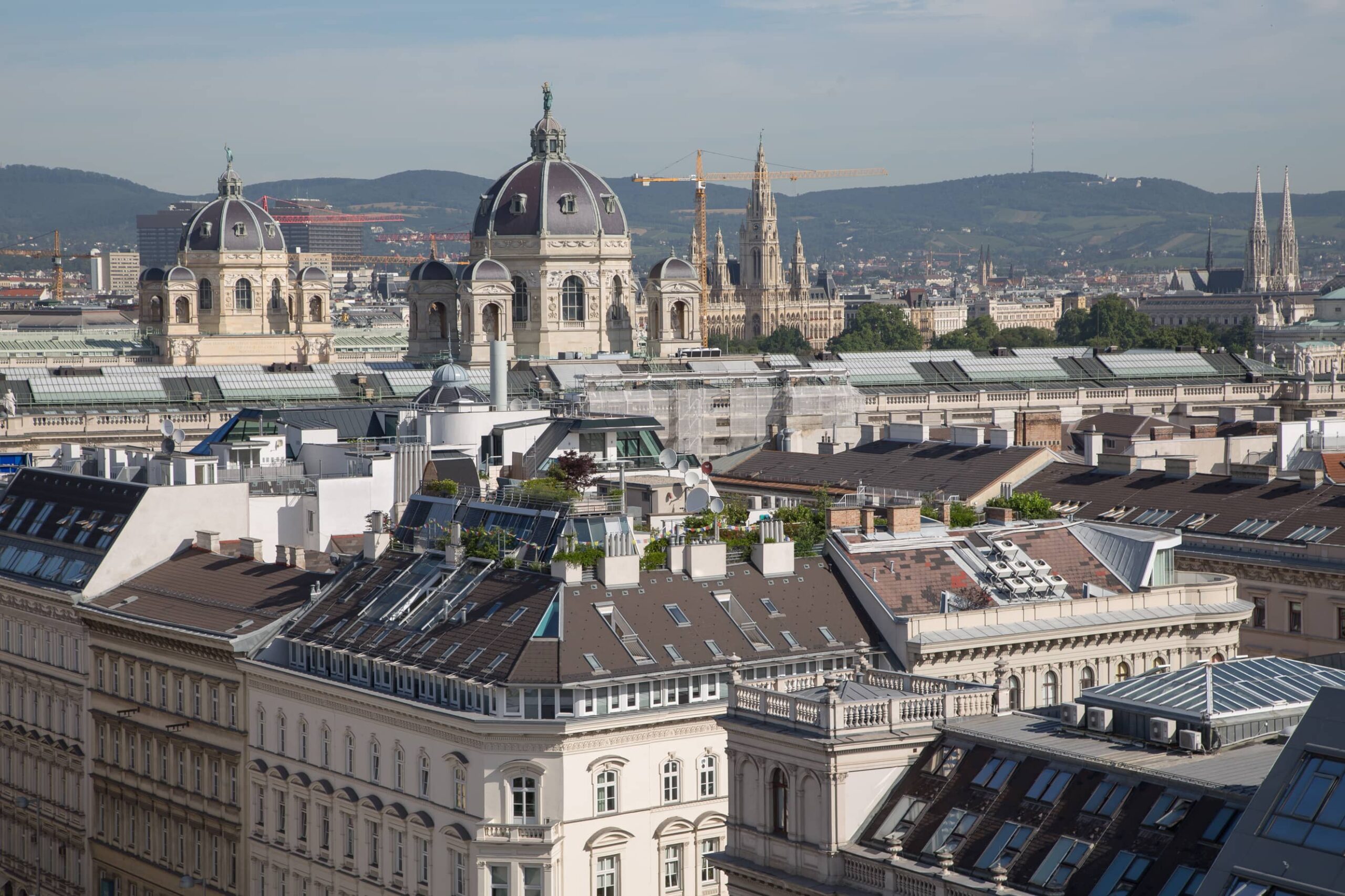
Vienna
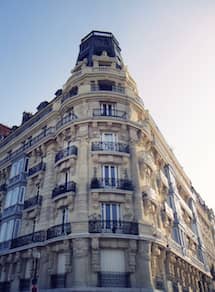
Hausmann and us
La Fabrique de la Cité
La Fabrique de la Cité is a think tank dedicated to urban foresight, created by the VINCI group, its sponsor, in 2010. La Fabrique de la Cité acts as a forum where urban stakeholders, whether French or international, collaborate to bring forth new ways of building and rebuilding cities.














